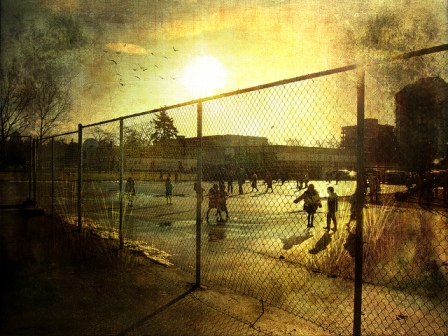
By Chris Chapman
Traditionally, we have focused on change within schools. This has delivered some returns: at worst – tactically ratcheting up test scores at the expense of capacity building and at best – increasing schools’ capacity to manage change for the longer term. In addition, improving the learning level is crucial and within-school approaches rightfully have a place within an improvement agenda. However, it is becoming clearer the pursuit of within-school approaches alone will generate lower and lower returns for the energy invested.
Richer rewards will be gained from building collective capacity between schools through school-to-school collaboration. There is emerging evidence from a range of school-based networks to suggest that collaborative inquiry-driven approaches, underpinned by the intelligent use of performance and contextual data, can improve learning outcomes for marginalised and disadvantaged groups of students.
Our own research and development work supports government’s commitment to tackling educational inequity through partnership arrangements and proposals for Attainment Improvement Advisors/Partners offer a promising way forward – with the caveat that implementation is as important as content. However, stretching the focus from within- to between-school improvement will strengthen the collective capacity for developing more equitable outcomes, but it is no panacea: we need to develop approaches to beyond school-improvement.
By this I mean the involvement of a coherent range of broader services that create the context whereby children from the most disadvantaged backgrounds can effectively engage in the educational process. It is clear that health, social and other public services have a major role to play in improving the access, aspiration and achievement of children from our most disadvantaged communities, and this is the area with the most untapped potential.
There are a few interesting examples of this type of working in the UK, there are lessons to be learned from the work of the Harlem Children’s Zone in the United States: this project offers some promising ideas that have translated into positive outcomes on the ground.
The complexity of stretching from within- to between- and beyond-school improvement is difficult and complex terrain requiring a fundamental rethinking of roles and relationships within the system. Continuing as we have done in the past will only lead to a failure of implementation and continue to replicate educational inequity.
In order for all this to become reality, a significant cultural shift in how we construct our professional identity and perceive our position within the education system is needed. We will have to rethink not only with whom we work, but also how and where we work. This will involve the blurring of institutional boundaries. Frankly, it is no longer acceptable to hide in your classroom, school, town hall or university office replicating practices of the past.
[image by Nick Kenrick]


thanks for this. Could not agree more with the need to look beyond the school building as well as looking more within the school building at all school staff. Harlem Children’s Zone is interesting for the role that the passion of its founder played. There is a lot of federal money out there now to ‘replicate’ and it will be interesting to see how that works if that type of charismatic leader is not involved.